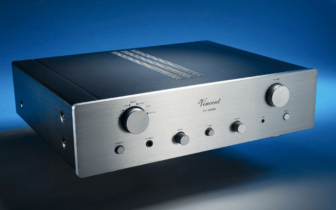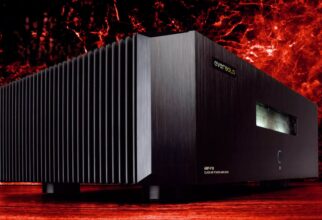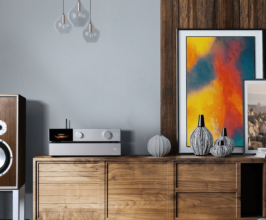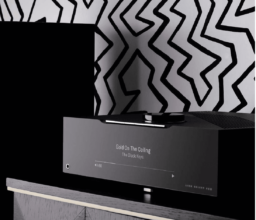YAMAHA RX-A6A Review – Yamaha gets its game face on
Yamaha also faced significant challenges with the transition to HDMI 2.1. Despite their efforts, even the new top models in the Aventage series, RX-A6A are still experiencing issues with the maximum data rate. It’s a pity that this problem has overshadowed the many other impressive features of these devices.

Aventage series model below 11-channel RX-A8A
Arcam AVR20; Anthem MRX 540; Denon AVR-X4700H
When the HDMI Forum announced version 2.1 of the HDMI specification on November 28, 2017, they surely did not anticipate such a rough start. The new standard promised resolutions up to 10K and video data rates up to 120 frames per second at 4K and 60 frames per second at 8K. It also supported dynamic HDR procedures for contrast optimization and an enhanced audio return channel capable of transmitting high-resolution and object-based audio formats.
Additionally, a range of new functions for faster image rendering was defined, including variable refresh rate (VRR), quicker synchronization of frame rates throughout the video chain (QMS), and accelerated frame transmission (QFT). Automatic low latency mode (ALLM) was also included. The slow adoption of this new standard is primarily due to the required maximum data rate of 48 gigabits per second.
Originally, the HDMI interface was designed for Full HD videos at a maximum of 60 frames per second and audio tracks with a maximum of eight channels in typical CD resolution, corresponding to a data transfer rate of about 4 gigabits per second.
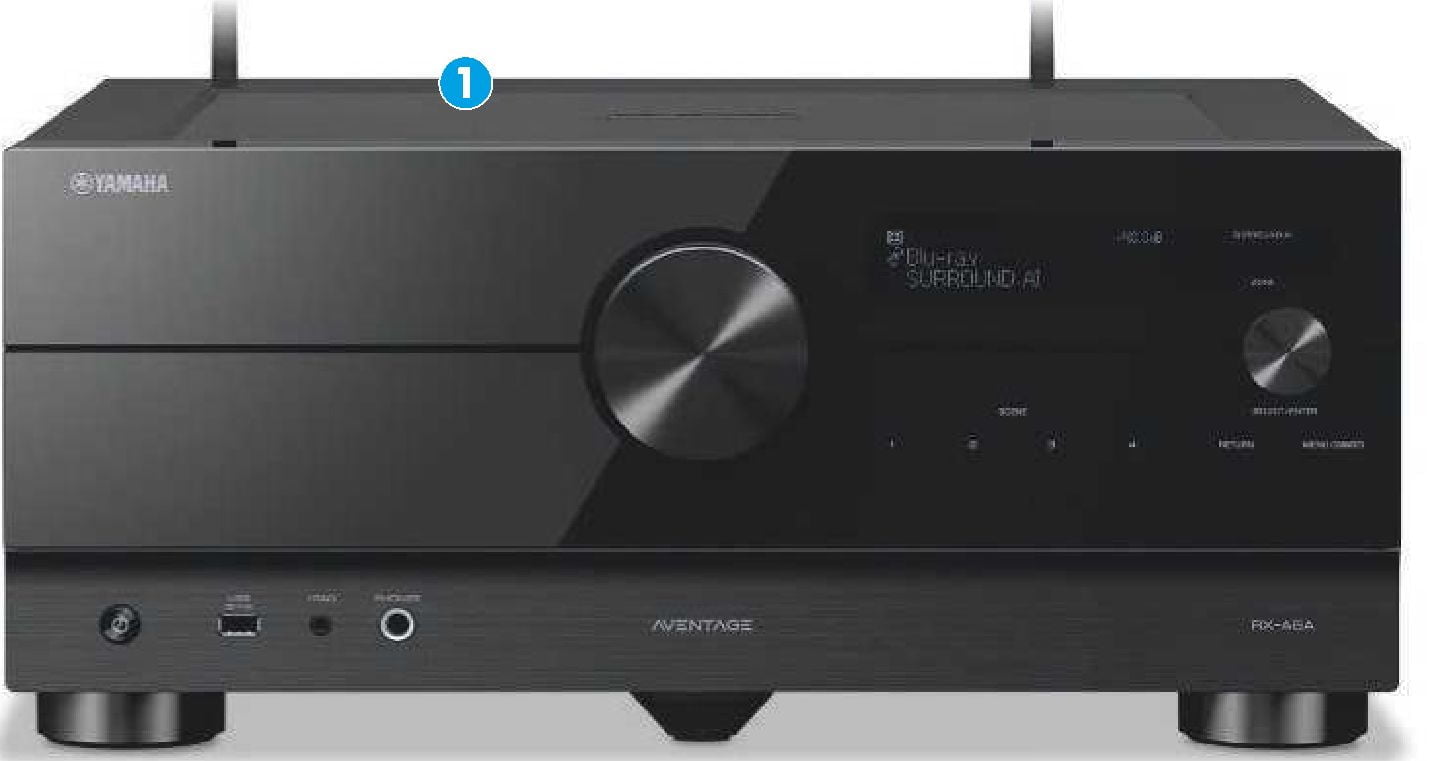
Compared to the past, the interface now has to handle twelve times the data volume with the new HDMI 2.1 specification. This requires significantly more powerful hardware, which is where the problem lies.
Step by Step
In our review of Denon’s 13-channel AVC-X8500H, we speculated about an imminent upgrade to HDMI 2.1, and the first compatible devices were already announced for 2019. However, 2019 passed without any progress in AV receivers regarding HDMI 2.1.
Even in 2020, major TV manufacturers were unable to implement full HDMI 2.1 support in their devices. Only individual special features, such as the enhanced audio return channel, have been available for some time. The transmission of high video data rates, however, posed greater challenges for the semiconductor industry.

When the first AV receivers with HDMI 2.1 finally hit the market in mid-2020, reports of problems with maximum data rates soon followed. Specifically, the devices could not handle the data-intensive transmission of video signals at 4K with 120 Hz or 8K with 60 Hz and full color resolution as required by the standard. A faulty HDMI 2.1 chip from a supplier was identified as the cause. Both Denon and Yamaha, who were in a close race to release the first HDMI 2.1-compatible AV receiver, were affected.
Additionally, the first generation of these HDMI 2.1 chips was only capable of data rates between 24 and 40 gigabits per second, depending on the variant. Even without the fault, the devices could not handle the required maximum data rate of 48 gigabits per second. Such a significant hardware problem cannot be easily resolved and requires replacement of the faulty chips or the entire HDMI section. While Denon responded with the somewhat inelegant SPK618 adapter box and the new 8K switch AVS-3, Yamaha has remained reserved.
Last year, they wisely avoided emphasizing HDMI 2.1 in their simpler V-series models, instead promising a firmware update to add missing features like HDR10+, 8K/60 Hz, and 4K/120 Hz, as well as “special gaming functions,” but left customers in the dark for a long time. Recently, a free update program was announced for the affected models (RX-V4A, RX-V6A, RX-A2A, TSR-400, and TSR-700) that includes replacing the HDMI board.
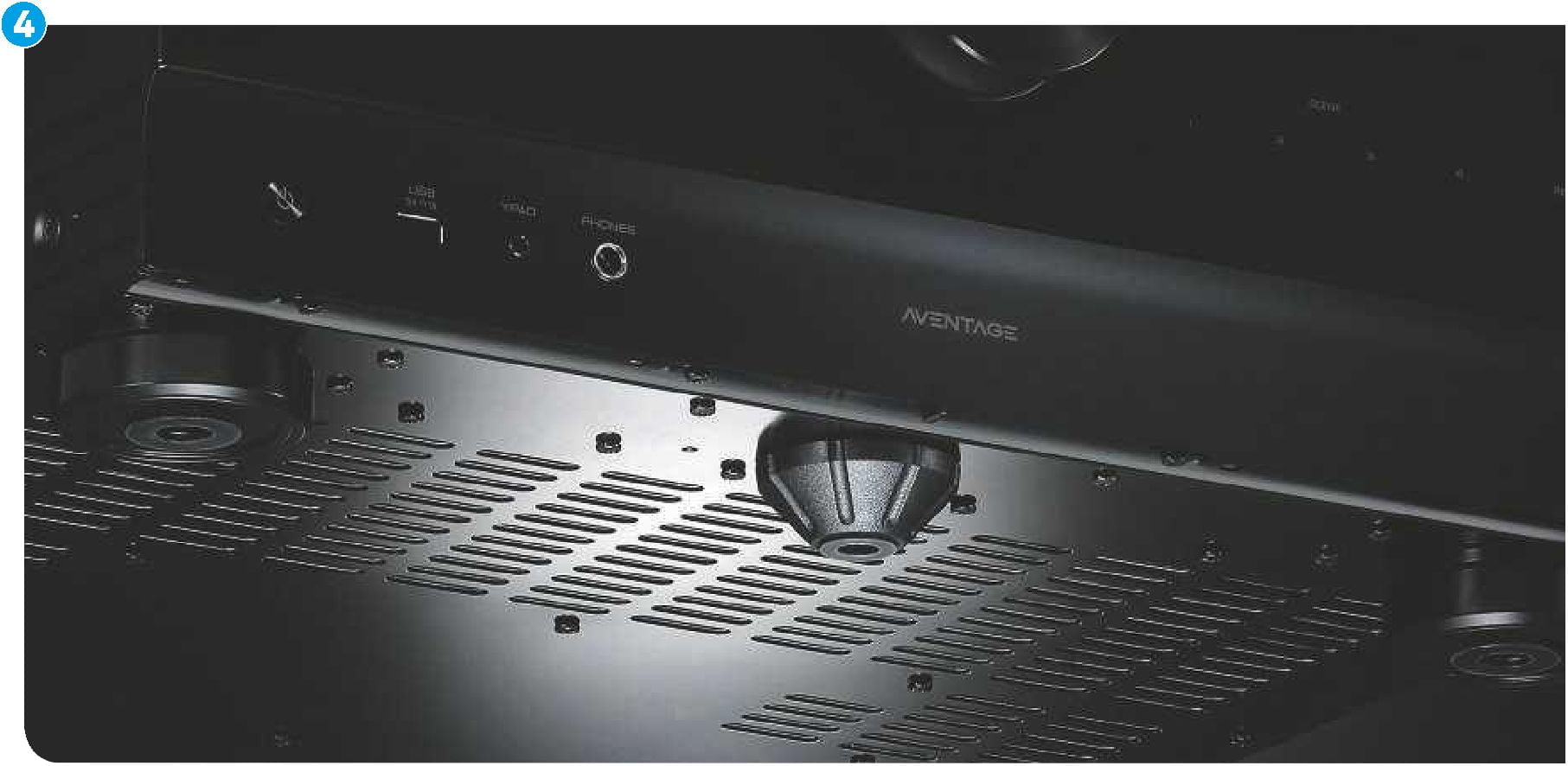
The situation with the new Aventage models is also unclear. While Yamaha is reportedly using second-generation HDMI 2.1 chips, the crucial features are still only expected to be available after a firmware update. Whether a software update will suffice or if the board will need to be replaced again is still unknown.
New World
Perhaps this issue should not be overemphasized. The fact is that AV receivers have long lost their role as universal control centers in living rooms. For the best quality and minimal latency, it’s best to connect your video sources directly to the TV. AV receivers remain central only in home theaters, where even current projectors often have minimal connection options.
Instead of focusing on marginal aspects like barely relevant maximum data rates, attention should be paid to the core tasks of a multi-channel amplifier – primarily processing and amplifying audio signals of all kinds, in both multi-channel and stereo. In this area, Yamaha has made significant upgrades in the new Aventage models.
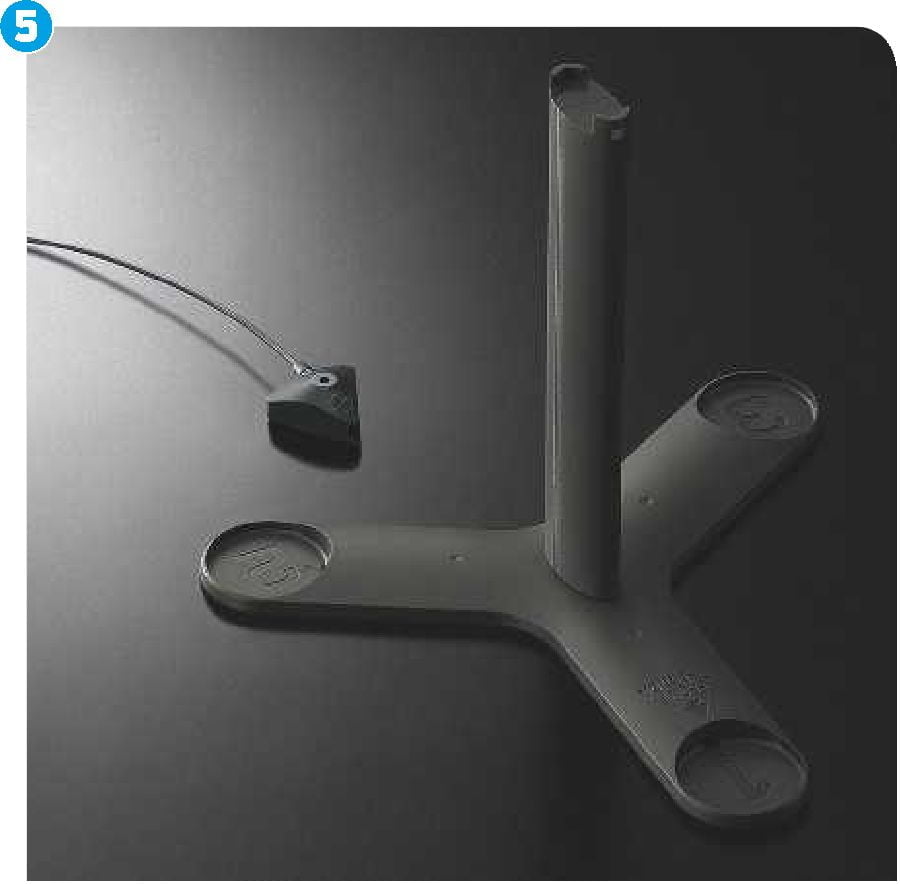
Regarding price and features, the new RX-A6A with an 11.2-channel processor and nine amplifier channels replaces the previous flagship RX-A3080. Yamaha has also introduced the RX-A8A, which is 1000 euros more expensive than the A6A and offers a full eleven amplifier channels.
Alongside the new design with a central volume control, discreet display, and touch-sensitive controls, the casing has also undergone some mechanical optimizations. The front panel and the well-known cross-bracing are more robust, and Yamaha’s typical fifth foot has been repositioned to support the casing at the front, where the heavy transformer is located. The transformer and the two symmetrically constructed amplifier modules are additionally mounted on a double-layered casing floor to further minimize mechanical resonances.
Regarding audio, Yamaha is now using high-slew-rate amplifiers, which means power amplifiers with a fast rise time. The new amplifier modules are said to be on par with Yamaha’s hefty multi-channel amplifier MX-A5200, offering a similarly fascinating level of detail. Measurement results show this in a changed distortion behavior, where lower-order distortion components are now significantly higher but more cleanly graded.
Additionally, compared to the RX-A3080, the RX-A6A boasts better signal-to-noise ratios and higher output power at low impedances, as no protection circuit kicks in. However, it still struggles with complex loads. Yamaha has significantly increased the processing power of the preamplifier in the current models. The heart of the signal processing is the powerful 64-bit QCS407 processor from Qualcomm with four cores.
The RX-A6A, like its predecessor, uses high-quality 32-bit converters from ESS Technology, capable of handling audio data up to 32 bit/384 kHz in PCM and 11.2 MHz in DSD. This provides the device with significantly more headroom for new DSP features, for which Yamaha is well known. This includes not only the adaptive sound optimization Surround:AI but also the newly integrated simulation of height channels for Dolby Atmos. Soon, an update will also add the processing of Auro 3D, including the highly praised upmixer, allowing the new Yamaha receivers to reach the top class in 3D processing.
Well Connected
While the variety of analog connections has been significantly reduced, and the RS-232 interface is no longer included, the RX-A6A still offers enough inputs for older AV equipment, such as DVD players, with one component and two composite video inputs and five stereo RCA jacks. There is also a phono input and an antenna connection for DAB and FM radio. A highlight with Yamaha is the balanced XLR connectors.
The new design makes the device much tidier than previous Aventage models. A centrally placed volume control now dominates the front, and the display is much more discreet.
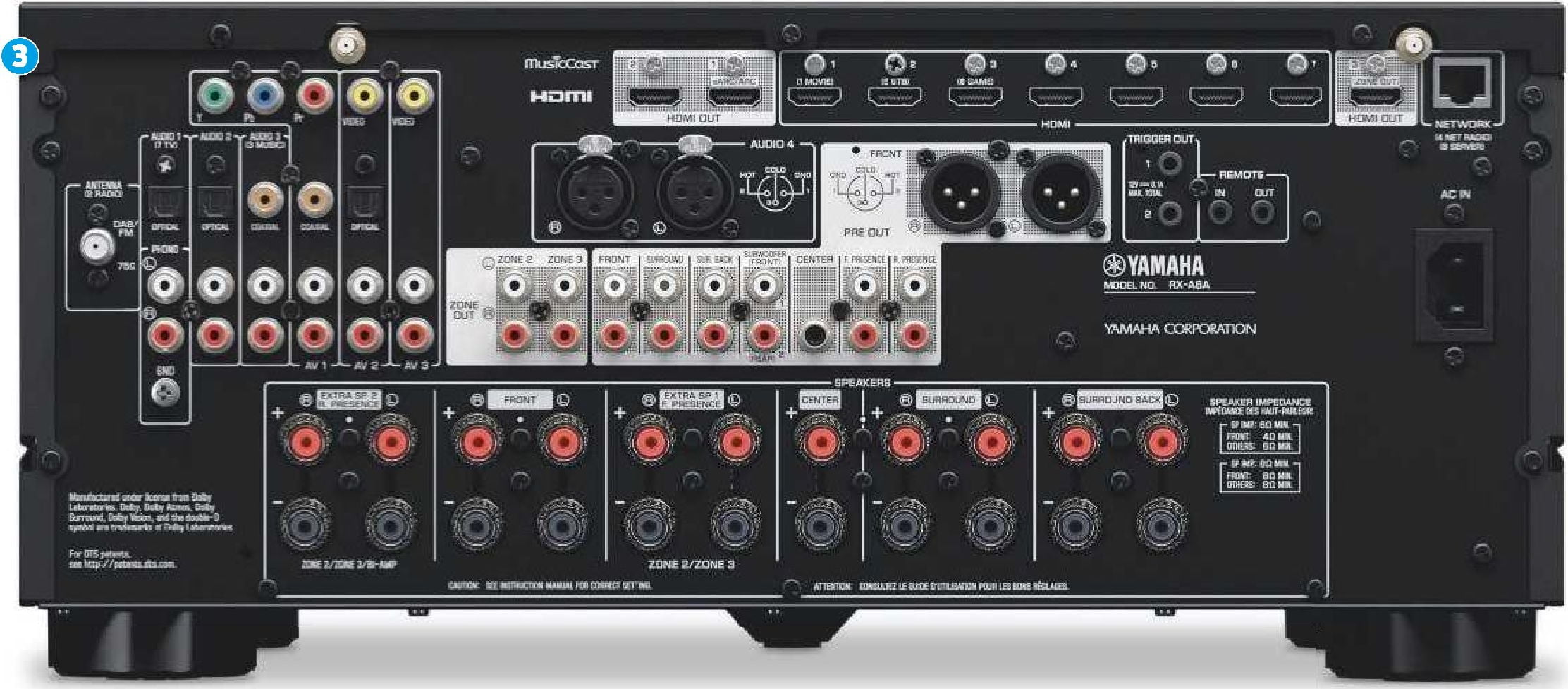
FROM THE LAB
Distortion Behavior
Yamaha seems to be following a new philosophy in terms of sound. Distortions were not minimized at all costs but were adjusted for a uniform increase.
Harmonic Spectrum
Yamaha has managed the 50 Hz hum and its multiples very well with the elaborate construction. The first harmonic distortions could be smaller but are cleanly graded.
YAMAHA RX-A6A
modern design, contemporary features, mature streaming platform, intuitive and well-thought-out operation concept, wireless surround speaker pairing via MusicCast possible many promised features only available after an update
Specs
DOLBY ATMOS: Yes
DTS:X: Yes
IMAX ENHANCED: No
MULTICHANNEL INPUT: No
MULTICHANNEL PRE-OUT: Yes. 11.2-channel
MULTICHANNEL OUTPUT (CLAIMED) : 9 x 185W (Bohm, 1ch driven)
MULTIROOM: Yes. Zone 2 plus MusicCast HDMI: Yes.
7 x inputs and 3 x outputs
VIDEO UPSCALING: Yes. 8K
AV INPUTS: 5 x digital audio (3 x optical and 2 x coaxial); 6 x analogue stereo
DIMENSIONS:435(w) x 192(h) x 442(d)mm
WEIGHT:20.3kg
FEATURES: YPAO auto calibration with supplied mic; stereo XLR input/pre-out; Cinema DSP (with 24 programs); Surround: Al processing; Auro-3D; USB; Ethernet; Wi-Fi; Bluetooth; headphone output; compressed/hi-res Music Enhancer; Pure Direct mode; user customisable Scenes; H Frame construction; A.R.T. wedge; High Slew Rate amplifiers; ES9026PRO and ES9007S DACs; backlit remote
Verdict
The symmetrical construction with separate channel strips for left and right minimizes crosstalk between the respective channel pairs. The nearly 7 kg custom-designed transformer provides the necessary power.
When you purchase through links on our site, I may earn an affiliate commission. Here’s how it works.


Yamaha RX-A6A - Should I return it? HDMI 2 point NONE
Did I make a mistake purchasing my new receiver? Let me know your thoughts in the comments. Do you own one, do you ...










